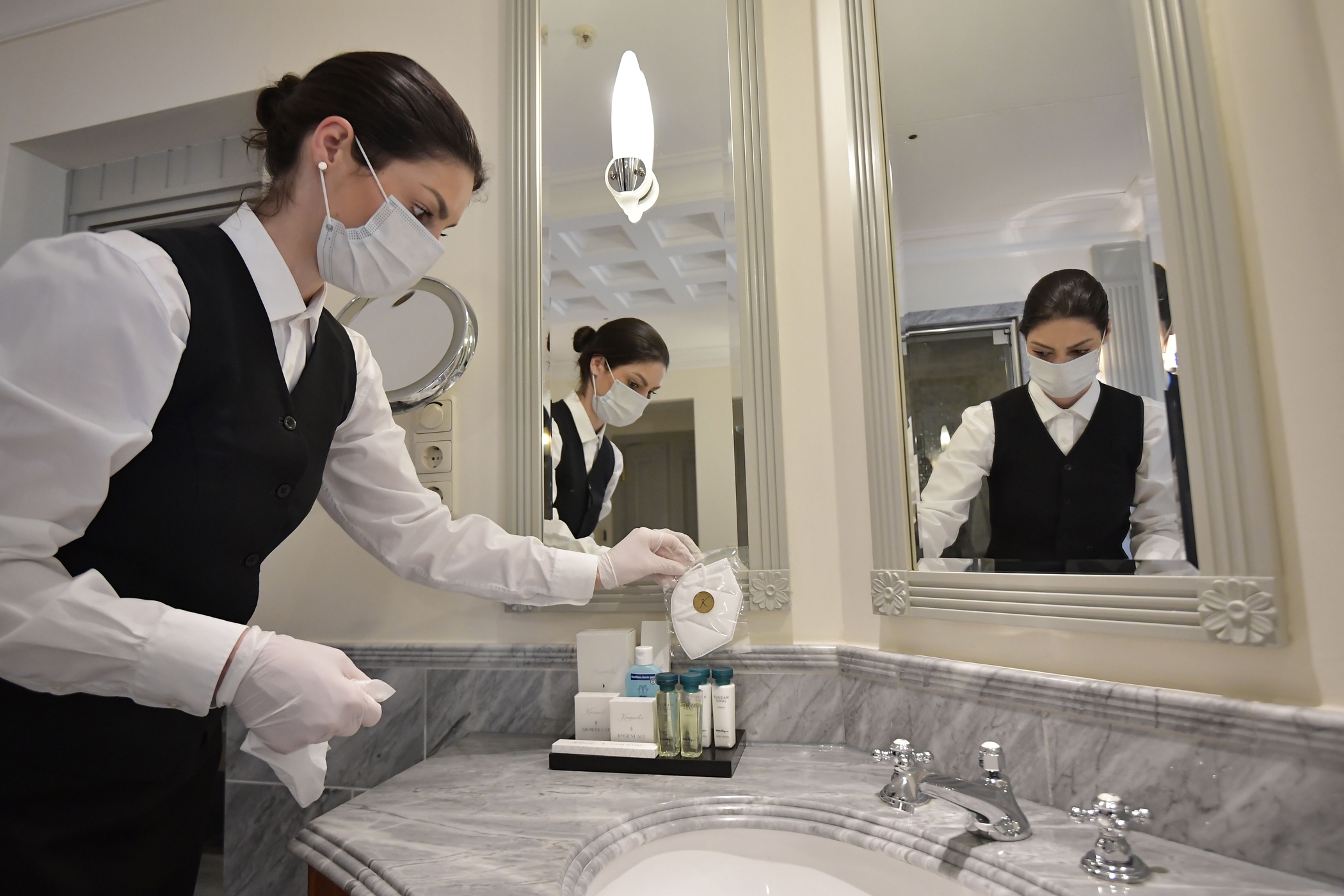STR’s monthly profit-and-loss program has allowed us to track global hotel profitability trends through the pandemic.
(STR is CoStar Group's hospitality analytics firm.)
Since we launched the program, the profitability landscape has changed from realizing the highest profit in 2019 to realizing some of the largest profit declines in 2020. For the U.S. in 2020, the industry’s estimated total revenues were down $120 billion and estimated profits were down $83 billion.
However, profitability has returned across much of the globe as total revenue per available room was at 73% of 2019 levels and gross operating profit per available room is at 67% of 2019 levels year to date through October across the globe. Over half of the global major markets are at 40% or greater of their 2019 TRevPAR levels, and some have even realized greater than 70% of 2019 GOPPAR levels.
As we have tracked global profitability, we have pinpointed four interesting trends from our profitability data.
Limited operations have been the name of the game through this pandemic as it was a way for hotels to adapt to lower demand but has since proven useful to their bottom line. Early in the pandemic, hotels made many operational adjustments, such as temporary closures, understaffing, closing food and beverage operations or switching to grab-and-go, closing other services like golf and spa, and cleaning rooms less often.
As demand increased and hotels reopened, hotels kept operating in a limited capacity, and since many of the amenities are typically lower-margin operations, this led to hotels realizing strong profit margins even though profit levels overall were down.
Reduced food and beverage operations has been key for hotels to manage lower group demand levels. As a result, food and beverage revenues have realized some of the largest declines compared to rooms and other departments.
Globally, food and beverage revenues have declined over 50% compared to 2019, and in the U.S. the decline has been over 60%. With no groups for much of the year, catering and banquet revenues have declined the most, while venue revenue — which includes restaurants & bars — has ramped up along with demand. Beverage revenues — comprising alcoholic beverages — have come back closer to pre-pandemic levels more than food revenue, which could be a result of more leisure guests and less corporate and group, or we’re all just drinking more.
From a cost perspective, departments with a lot of fixed costs, such as administrative and general or utilities, have maintained higher expense levels. The sales-and-marketing department is where expenses have been reduced the most. As this department has more discretionary items than other departments such as maintenance, it has been easier to limit spending, especially since demand for hotels has been low for most of the pandemic. While this has worked to limit some expenses, we see this as more of a short-term strategy and not a great way to cut expenses in the long run.
The more concerning issue is labor, which was an issue even before the pandemic. The struggle for hotels to add staff has more than offset rising wages. This has led to labor costs remaining well below pre-pandemic levels even as we saw demand return. We saw a divergence between labor costs and demand — indexed to 2019 — through the early part of the year. While demand neared 90% of 2019 levels in May, labor costs remained at 64% of 2019 levels. Since May, we have seen this gap close, and in October both demand and labor costs were just below 100% of 2019 levels.

Raquel Ortiz is assistant director of financial performance at STR.
This article represents an interpretation of data collected by STR, parent company of HNN. Please feel free to contact an editor with any questions or concerns. For more analysis of STR data, visit the data insights blog on STR.com.
